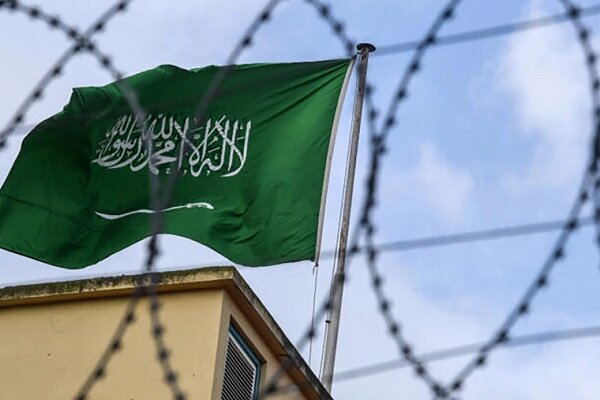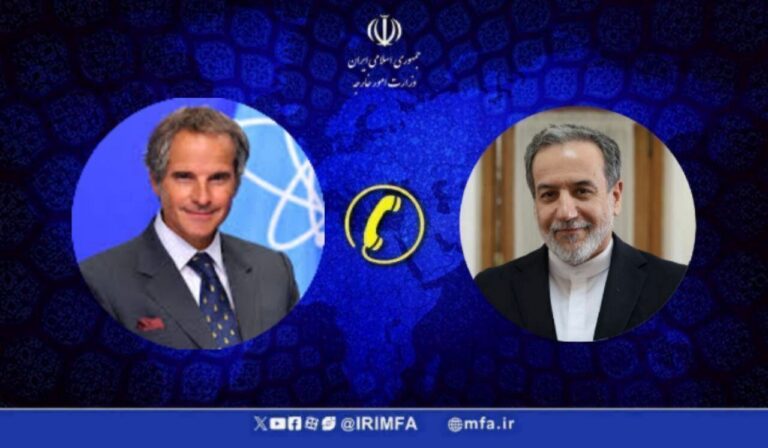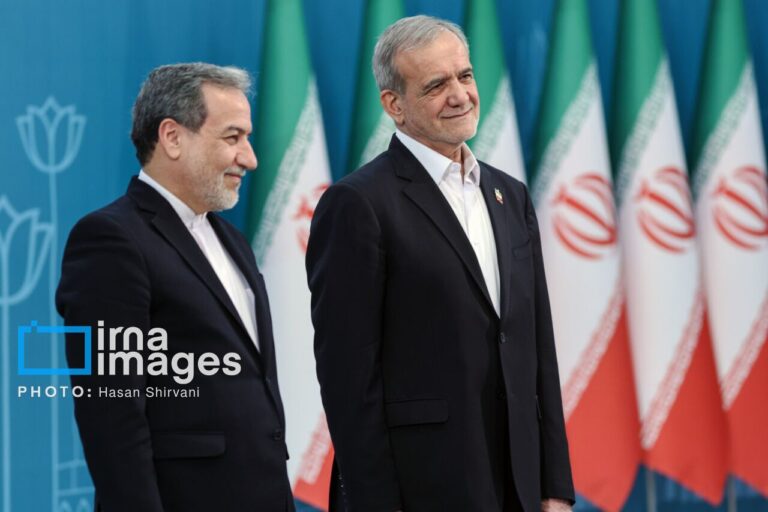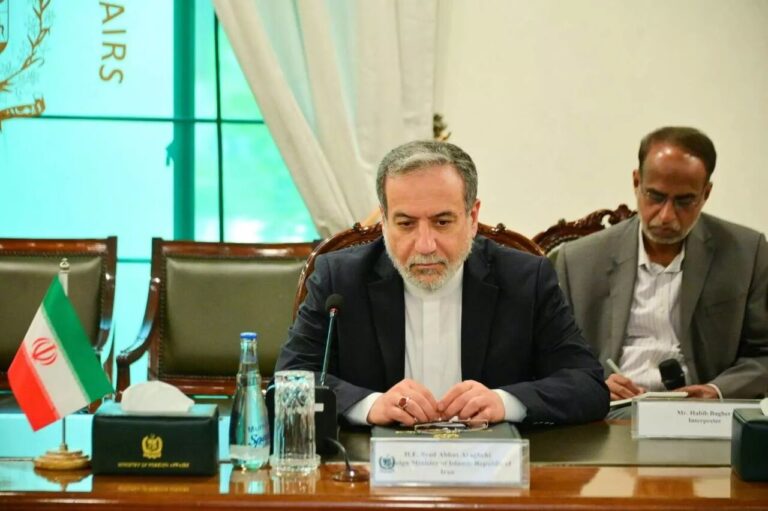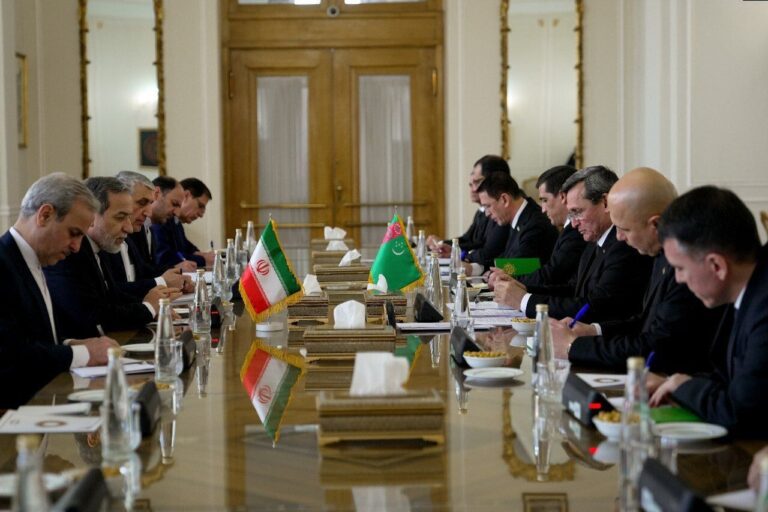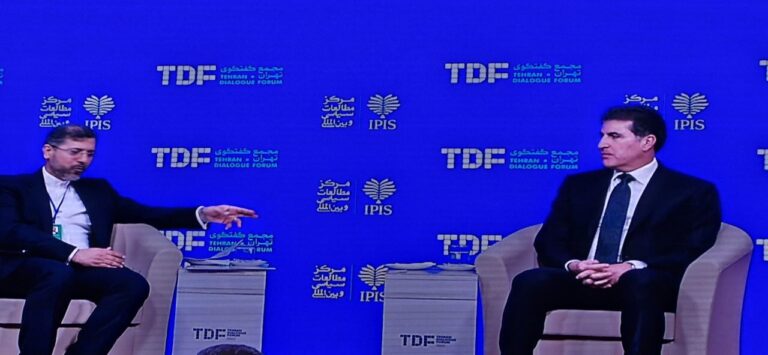Unveiling Riyadh’s Hidden Challenges in the Syrian Equation: A Deep Dive into Middle Eastern Dynamics
The evolving landscape in post-Assad Syria has transformed it into a complex geopolitical arena, where the fall of Bashar al-Assad and the rise of the terrorist group Hay’at Tahrir al-Sham have redefined power dynamics. In this intricate environment, Saudi Arabia is attempting to navigate its role, balancing between engaging with the new regime in Damascus and countering the influence of regional rivals such as Turkey, Iran, Qatar, and Israel. This ongoing struggle forms the crux of Riyadh’s challenges as it seeks to establish itself as a key player in Syrian affairs.
Saudi Arabia is keen on staying engaged with the developments in Syria, aiming to understand and influence the changes while asserting its importance in the future dynamics of the Levant. The pressing question is whether Riyadh can effectively engage with the Damascus regime without inadvertently empowering its adversaries. This necessitates a careful approach, as every move could have significant repercussions.
Strategic Rivalries: The Complexity of Power Dynamics
Today, the Syrian landscape is a convoluted battlefield where various actors utilize their unique strategies to secure power. Saudi Arabia finds itself juggling multiple challenges:
- Turkey’s Influence: Turkey has established a solid foothold in northern Syria, supporting the Syrian National Army (SNA) and controlling key regions like Afrin and Aleppo. This has created a buffer zone along its border while extending its reach deep into Syrian territory through various proxies. As a result, Saudi Arabia’s influence in eastern Syria, particularly in Arab-majority areas like Deir ez-Zor and Raqqa, has been significantly overshadowed.
- Israeli Concerns: Israel’s aggressive security strategy poses another major challenge for Saudi Arabia. Frequent Israeli airstrikes have reportedly decimated a large portion of Syria’s defense capabilities. The ongoing occupation of the Golan Heights and efforts to increase the number of settlers in the area indicate Israel’s intent to utilize a weakened Syria for its own expansionist ambitions, further complicating Riyadh’s position.
- Iran and Qatar: These nations also present formidable competition, each employing asymmetric tactics to undermine Saudi influence.
Saudi Arabia’s Approach: Merging Economics with Diplomacy
Riyadh’s strategy to navigate this perilous situation involves a multifaceted approach that encompasses economic, tribal, and security dimensions:
- Economic Leverage: By leveraging economic support for Syria’s reconstruction, Saudi Arabia aims to position itself as an indispensable player in the rebuilding process. The devastation left by 12 years of civil war has left Syria in dire need of financial assistance, which Riyadh seeks to exploit to gain favor with the transitional government.
- Tribal Engagement: In eastern Syria, particularly in regions like Deir ez-Zor and Raqqa, Saudi Arabia is fostering informal yet powerful alliances with local tribal leaders by providing financial and logistical support. This strategy aims to establish a foothold in the region and counterbalance rival influences.
- Security Diplomacy: Riyadh’s approach to security is multifaceted, supporting the formation of an inclusive transitional government while indirectly opposing Turkish and Iranian influence. This dual strategy reflects Saudi Arabia’s desire to maintain a “controlled balance of power” in Syria, preventing any single actor from achieving total dominance.
Structural Challenges: Obstacles in Riyadh’s Path
Despite its array of tools, Saudi Arabia encounters significant structural obstacles:
- Short-term Engagement Risks: While Riyadh’s short-term diplomatic engagement may provide some maneuverability, the long-term empowerment of the transitional government could pose risks, potentially leading to outcomes unfavorable to Saudi interests.
- Rivalry with Qatar: The competition with Qatar manifests as a proxy conflict across media and lobbying platforms. While Saudi Arabia holds political and economic dominance within the Gulf Cooperation Council, Qatar effectively utilizes international media like Al Jazeera to promote its narrative regarding the Syrian conflict.
Conclusion: The Fragile Nature of Saudi Arabia’s Strategy
In the current state of post-Assad Syria, Saudi Arabia finds itself compelled to operate across multiple fronts. It must engage with the new regime in Damascus to solidify its role in Syria’s reconstruction while simultaneously addressing the ambitions of Turkey, the expansionist policies of Israel, and the potential influence of Qatar. Riyadh’s strategy, while ambitious, appears precarious given the fragmented nature of the Syrian crisis.
As the geopolitical chess game continues, the future landscape of Syria remains uncertain, with Saudi Arabia at a critical junction in determining its role and influence in this volatile region.
